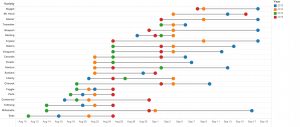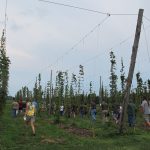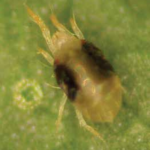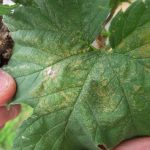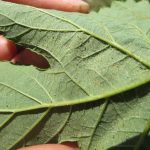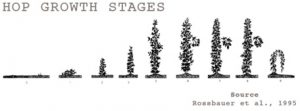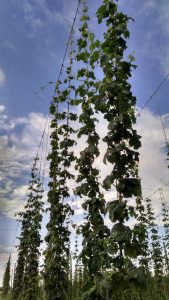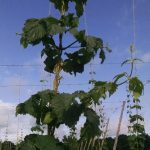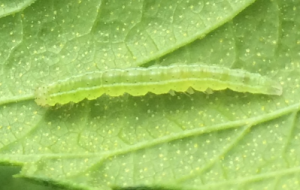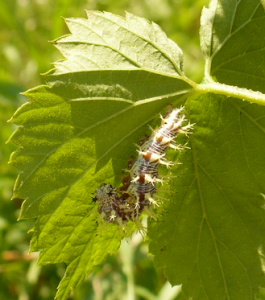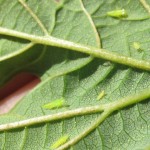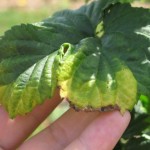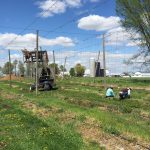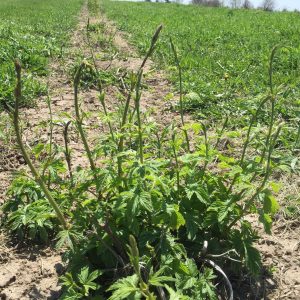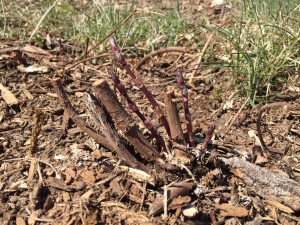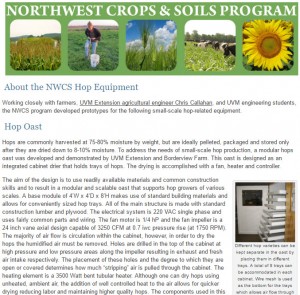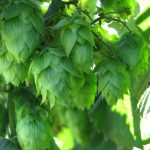 We invite you to join us for our 8th Annual Hop Conference scheduled for Saturday, February 25, 2017. It will be held at the Sheraton Burlington Hotel in Burlington, VT, 9:00 a.m. to 4:30 p.m.
We invite you to join us for our 8th Annual Hop Conference scheduled for Saturday, February 25, 2017. It will be held at the Sheraton Burlington Hotel in Burlington, VT, 9:00 a.m. to 4:30 p.m.
View our Conference flyer for details.
This year’s conference will include both advanced and beginning sessions as well as hearing from the following presenters during the morning session: Jaki Brophy of Hop Growers of America, hop crop consultant Julien Venne, brewer Bobby Grim of Foam Brewers, and David Gent of USDA-ARS.
Advanced sessions will include presentations on characteristics of a beer brewed with local hops with Rich Michaels of Saranac Brewery, wild hops and downy mildew resistance with Josh Havill of UMN, pelletizing hops by Tim Kostelecky of John I. Haas, and UVM research updates.
Beginning hop grower sessions including information on hop cost of production, starting a commercial hop yard, constructing a hop yard, hop irrigation, basic hop agronomy and IPM, and harvest and post-harvest processing.
Go to https://www.regonline.com/hopconference to register today!
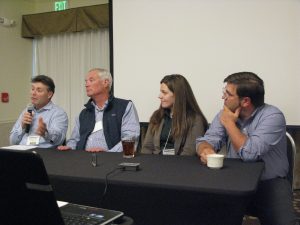
The registration fee, which includes lunch, is $75 per participant and $65 for NeHA members. There is also an option to view the conference as a live broadcast for $35. The Hops Live Broadcast will include the morning session and the advanced sessions during the afternoon. We are sorry that we cannot cover both the advanced and beginning sessions which are being held simultaneously.
On-site check-in at the event opens at 8:15 a.m. and the conference starts promptly at 9:00 a.m. Please contact Susan Brouillette if you have questions.
Hope to see you there!
